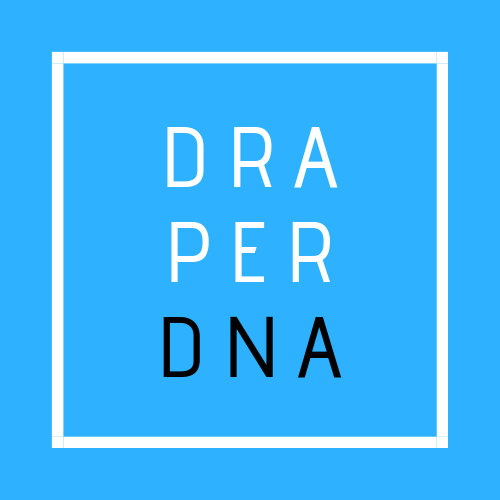Drafting Data
May 8, 2023
Boom or bust!?
This past weekend the National Football League (NFL) hosted its annual player draft. For weeks upon end prior to the draft, experts analyze performance data for every eligible player. They share three, four, five mock drafts based on the data they collect. The experts build their reputations and careers on being able to accurately forecast which players are being selected by each of the thirty-two teams across seven rounds of picks. They tout the power of their information. This past weekend the only selection the experts and their insights got right was the first pick. Otherwise, there drafting data was a bust. This is being shared with you as an example of how data is being showcased as the clear answer to all our questions, the potential replacement of our jobs, and it may be a boom or a bust.
The NFL Draft
The NFL is notorious for its prognostications leading to and during the annual player draft. The top ten teams and the top ten players are mixed and matched based on multiple data-based scenarios. We hear about the players physical data – height, weight, hand size, 40-yard dash times, vertical jump, long jump. Spreadsheets of performance data on the players passing, running, sacks, interceptions, tackles, and so many more data points. All this data to help them forecast and draft a young man for a position on a professional football team. The amount of data these teams collect is impressive. The result of the draft is a different story.
Tom Brady
The most famous of the draft data underdog story is that of Tom Brady, the greatest champion in the history of the NFL. He was the 199th player drafted. The first player drafted was Courtney Brown. Chances are good that you know the name of Tom Brady even if you are not a football fan. Chances are equally as good that you do not know the name of the first overall draft pick of 2000. This is another example of data being a bust, just as we experienced with the draft in 2023.
Digital Data
The story of the player performance data and the forecasting accuracy is a good example of the relationship between data and the influence or rather the power to people. We are fortunate to work in the east coast ‘triangle’ of top computer systems and information companies. Access to leading developers, managers, and innovators are commonplace. Meeting with these experts is often eye opening as they understand the collection and use of data within the scope of their development world. The challenge for them is applying the data to the actions of people. We refer to this as the context in which the programs and applications they develop and promote are used. Unfortunately, there is often a significant gap between the data and how people respond or act. The fact is the information is good, but it may not be reflective of people at any given time, place, or circumstance. You see people are often unpredictable even when the data may suggest otherwise. It is the people factor.
AI
Currently, artificial intelligence (AI) is being introduced to the public through numerous applications. They use a huge amount of data that continues to grow to provide the best answers this information can provide. It is impressive and promising if we can provide for the people factor.
One of the challenges to using data has been keeping it up to date at par with the dynamics of the people using it. AI seems to be able to do this. The greater challenge is that people need to provide the proper prompts or questions or instructions to access and compile the information in a meaningful and accurate way. If you have worked with Dall.e to create images you will likely see six finger people and disfigured faces because of the inquiry and data-based response. Using a detailed description of the desired outcome typically provides a much better result – AKA the people factor.
Our Experience
We will invest the time to test and learn about AI and how to best use it. We will also watch the NFL draft each spring and listen to the pundits espouse their data-based opinions. Our experience with new approaches, ideas, and change is to embrace them for all they are worth. Listen and learn for the next opportunity to grow and succeed, doing so with a measure of open-mindedness and experienced caution. Our experience tells us the real answer is typically somewhere hidden in the hype that supports the best people have to offer.
NOTE: Our proofreader thinks we are using the word data too often in this article. The irony in this observation is we feel the same way in the marketing world. Data is being used too often as the answer when, in fact, the real answer is a combination of both information and personal experience. As we often say, experience matters.





